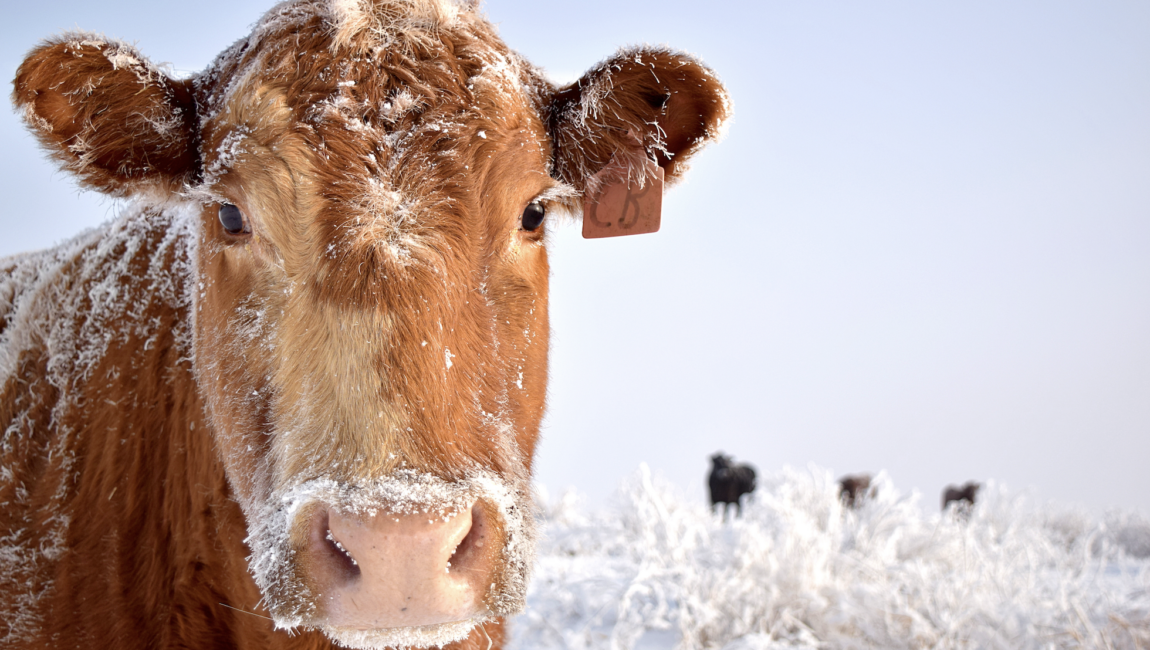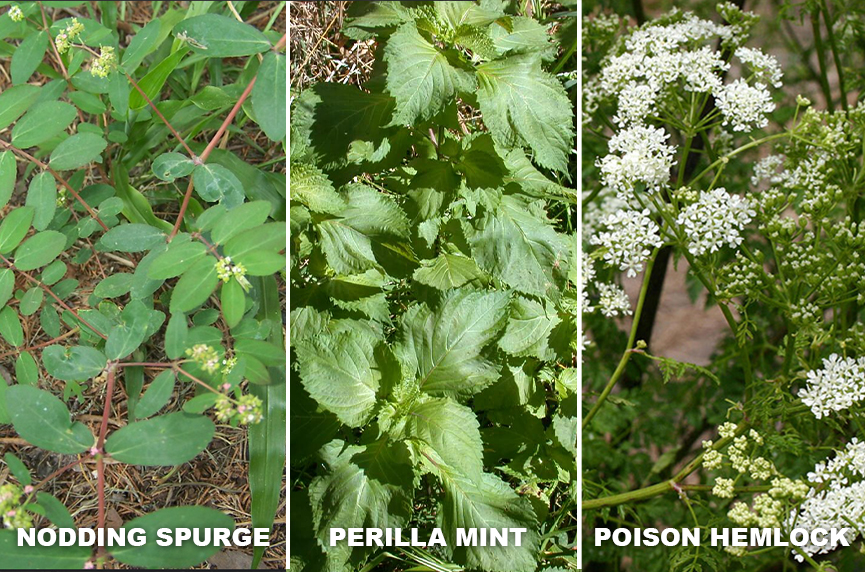
As we head into the depths of winter, caring for your herd’s nutritional needs can be tricky. Just like us, when temperatures drop, animals use up more stored energy to keep warm in order to survive the elements. This translates to higher nutritional needs and the potential for higher feed costs. However, winter grazing your herd can offset those costs. Here are a few key notes to keep in mind for winter grazing.
Nutritional Needs
The amount of nutrition is going to depend on age or growth stage, gender and, for heifers, their stage of pregnancy and lactation status. Cows in early- to mid-stage gestation utilize less energy than ones later in gestation or lactating.
Before releasing your herd into pasture, have the forages analyzed by your livestock nutritionist. Successful winter grazing depends on the quality of grass at the end of the growing season. While it may be dormant for the winter, a quality grass will keep some level of protein, energy and minerals, providing nutrition and fiber. A nutritionist will be able to calculate how much supplementation is needed. This analysis will need to continue through the winter as grass quality deteriorates.
Below are some grasses and their percentage of protein content in the winter.*
- Orchardgrass – 3 to 4% protein
- Kentucky bluegrass – 3 to 3.9% protein
- Meadow brome – 2.5 to 2.9% protein
- Smooth brome – 2.5 to 2.9% protein
- Blue Grama – approx. 5% protein
- Tall fescue – 2.5 to 2.9% protein
*Colorado State University Extension, U.S. Department of Agriculture
Preparation of Pasture
Ideally, you’ve been planning since late summer for your winter pastures by choosing high quality grasses, such as those mentioned above, as well as species diversification. Other planning measures include:
- Stop grazing pastures planned for winter grazing mid-September. Give grass time to replenish.
- Don’t let grasses go to seed. This will coax your herd to graze longer.
- Allow pasture to become at least six to eight inches tall. Tall grasses will stand up better in the snow and are easier to graze since your herd doesn’t have to dig for it.
- Make sure grasses are completely dormant with no green growth visible. Attention to this detail will ensure plants are not damaged for next year’s growth.
Rotation Management
Just as you are careful not to overgraze your pastures in the spring through fall, the same attention needs to be given to the winter months.
Create smaller pastures.
Your herd will naturally graze the “cream of the crop” of your pasture early in the winter and lose interest as time passes. To avoid selective grazing, use eclectic fencing to divide up your pasture to smaller portions. This will cause your herd to graze more uniformly.
Keep an eye on the mud.
Ideally, avoid putting your herd into pasture when the ground is overly muddy and wet, as this will cause damage to the plants.
Walk your pasture.
Around mid-February, you will want to start walking your pastures to check for any new growth, as cool season grasses may start to grow, especially if there have been warm spells in the winter. When you see growth happening, it’s time to close that pasture until the new growth is established enough for full grazing.
With a little extra care, winter grazing can provide your herd with quality nutrients, fiber and exercise. The extra planning will ultimately impact the health of your herd, and your pocketbook.

